The newest addition to the highly-anticipated Fire Emblem series is coming to North America on February 19th. As it is well known by now, Fates comes in three separate versions – Conquest, Birthright, and the DLC campaign Revelation – each with their own unique story, as well as various other differences. However, if you missed out on the Special Edition of Fire Emblem Fates, chances are you are deciding which game version you would like to buy.
Maybe it’s because you’re strapped for cash; maybe you want to know which will be the most viable for multiplayer; or maybe you only want to pick up a single physical copy before you purchase the other or buy the other two versions as DLC. No matter which camp you are in, your beloved RR-sama is here to give you all the information you need to make an informed purchase.
What are the similarities?
While some people have berated the game, claiming that it’s just as bad as having two Pokemon versions, the simple truth of the matter is that the two versions are about as similar as Call of Duty is to Battlefield. As a result, there is quite a bit of common ground between the games in terms of core mechanics.
For example, the first few chapters of either game, Fire Emblem Fates plays out much the same way. Once players reach chapter six, they must choose which side they will join: their adopted family from Nohr or their blood relatives from Hoshido. Until this choice, however, the first six chapters are the basic tutorial and “easy” missions that one would expect from earlier games in the series. My best comparison would be The Sacred Stones, where players had to choose between Ephraim or Erika.
Other similarities are found mostly in the core gameplay. Support conversations are still the same as in Fire Emblem: Awakening, and the usual strategy-based gameplay elements are similarly present. Similar characters will also appear regardless of the game; however, they will be as allies or enemies depending on the version/route you choose.
[POTENTIAL SPOILER ALERT!]
Several cast members can join your army, regardless of which side you choose. These characters are typically paralogue recruitable characters, or characters that are fiercely loyal to the player character. These include: Asyura, Azura, Felica, Izana, Jakob, Kaze, Mozu, and Silas.
[END OF SPOILERS]
Other than these core features, very little about the two games remains the same. With that said…
Let’s talk differences!
Once again alluding to the Call of Duty vs Battlefield analogy, it’s time to start focusing on what everyone really wants to know: the differences!
Fire Emblem: Fates – Birthright
Nintendo might be showing a little bit of home-turf favoritism with its portrayal of the Japanese-inspired country, Hoshido. In Birthright, players will ally themselves with the default country of Hoshido (provided they have not purchased any of the other games as DLC). Dressed in lighter colors such as bright red, white, and blue, Hoshido is a peace-loving country that wants nothing more than to see the world at peace once again…by killing every single Nohr until none remain.
Newcomers to the series and Fire Emblem: Awakening veterans alike will feel right at home with Birthright, as the game does not venture too far from its predecessor’s formula. Just about everything in Birthright feels like Awakening from the ability to spawn enemies to fight, to the simplified chapter objectives, and even the ability to infinitely grind your units by playing challenge maps (similar to Risen skirmishes from Awakening) until everyone’s levels are maxed out.
Due to Fire Emblem: Birthright roughly translating to Fire Emblem: Feudal Japan, expect a lot of Japanese themed classes in this game. In fact, Birthright effectively has more classes to chose from. These classes include, but are not limited to: ninjas, puppeteers, samurai, weapons masters, oni savages (think Princess Mononoke), priests, pegasus knights, and fox spirits. There are over 26 Birthright exclusive classes in all, and the majority of those classes are not recurring classes from previous Fire Emblem games.
Nishiki (Kaden in the American release) is quite foxy. Maybe it’s because he’s a kitsune or something, but I could really imagine that he’d love to make a new foxhole in your castle if you let him. Okay, I’m done.
(Screenshot from English-patched version of the original Japanese game)
Other than the inability to recruit the majority of Nohr characters, and the other differences mentioned above, Fire Emblem: Birthright varies rather little from Fire Emblem: Awakening or Conquest. The core gameplay is the same, and you will undoubtedly enjoy the game. There is still a difficulty setting option in this game to select harder game modes if you fancy, so don’t worry about that if you thought choosing between Conquest and Birthright was a choice between hard mode and easy mode.
With that said and done, let’s look at…
Fire Emblem: Fates – Conquest
Nohr, if not already apparent by their color scheme alone, are the pseudo-bad guys of the game. Advertised as being more akin to classic Fire Emblem games, the stars of Conquest are a European-inspired country whose main goal is to conquer (big surprise there) Hoshido. Their reasons for this venture into spoiler territory, but when it comes down to it, the story of Conquest basically boils down to “nice people doing really bad things”.
For players who are used to Fire Emblem: Awakening‘s gameplay style, Conquest isn’t a complete return-to-roots game. You still have support conversations, marriage, children characters, and the pairing system. However, the similarities end there.
Conquest is all about moving forward, and as such there are few times where you will find yourself able to stop and rest. While some people have compared the game to the first Gameboy Advance Fire Emblem (or Fire Emblem 7), the game shares more in common with The Sacred Stones.
You still have an overworld map (as seen above), and you will need to travel along it to get to each chapter, contrary to rumors that the game has no overworld map at all. From here, players can access the Otherworldly Gate for DLC missions, their next chapter, as well as paralogues and other non-chapter missions. That said, the comparison with The Sacred Stones stands true insofar as any missions you repeat will yield no experience whatsoever. This means that every single choice you make during your playthrough of Conquest can be a life or death one.
Pick your units carefully, level your characters equally but selectively, and ensure that your tactics are flawless.
What is more akin to FE7, however, is the game’s difficulty. Since – as previously stated – there are no chances to grind levels, Conquest players will have to play with units whose levels are on par or lower than the enemy force. Throw into the mix a wild combination of different mission objectives, and players who are unaccustomed to the old style of gameplay will have more than a few heartbreaking sessions should they choose to play without resetting the game. You could always play Casual or Phoenix mode to ensure your units never truly die, but that tends to take the fun out of the game.
Worse yet, leveling a select few units – or sharing experience among too many – can put an early end to your campaign as you become trapped in an unwinnable battle and have to sacrifice one or more characters to ensure victory. Anyone who has played FE7 or earlier knows that this could lead to disastrous results in later chapters. You have been warned.
Thanks to its European inspiration, Fire Emblem: Conquest has access to the majority of classic Fire Emblem classes (with the exception of pegasus knights, mages, and myrmidons – known as samurai in the Japanese version of Fates), as well as several new classes. The new classes that are exclusive to Conquest include: revenant knights, maids, butlers, and the werewolf-like Garou.
Believe it or not, this furry guy is actually a friendly chap when he’s not busy tearing your opponents’ guts out with his bare hands!
Fire Emblem: Fates – Revelation

While Fire Emblem: Revelation is not available as a standalone game, I thought it might be a good idea to briefly mention the differences Revelation has some minor differences from the other two versions.
First and foremost, Revelation is the middle ground between Conquest and Birthright in more ways than one. While Conquest can be seen as the “hard” version of the game, and Birthright the “easy” one, Revelation is the “moderate” title that never gets particularly painful. The overall difficulty of the game is usually in line with Conquest; however, since Revelation has many of the Fire Emblem: Awakening features found in Birthright, the game is not nearly as difficult.
As for the technical differences, Revelation has access to every single class in the game, as well as a majority of the characters, with only one unavoidable death. That said, characters will still die or be unrecruitable if you do not fulfill certain recruitment conditions, so keep this in mind during your playthrough.
Which version should you choose?

When it comes down to it, the first thing you should consider when choosing which game you want is the game’s difficulty and gameplay. If you enjoyed Awakening, then Birthright will be right down your alley. If Fire Emblem 7 or The Sacred Stones was your cup of tea, then maybe Conquest will satisfy your desires by riding alongside Nohr.
Players should also consider what types of units they want on their team. If you like the European-themed Nohr, then that should be taken into account for your initial purchase. Likewise, if you would like units themed around Japanese warriors, then you should put your money on Birthright, regardless of what type of gameplay you prefer.
Ultimately, Revelation and the other version of the game can be purchased as DLC at a reduced price, regardless of which game you choose. So don’t worry too much about which physical copy you buy.
In my opinion, Birthright is the safer buy if you are an Awakening veteran or even if you haven’t played any of the older Fire Emblem titles in a while. If pure difficulty and old school gameplay is what you want, buy Conquest, but keep in mind that the game does still have many gameplay features from Awakening.
Where do your allegiances lie – Nohr or Hoshido? Did you get lucky enough to buy the Special Edition? Claim your fate in the comments section below!

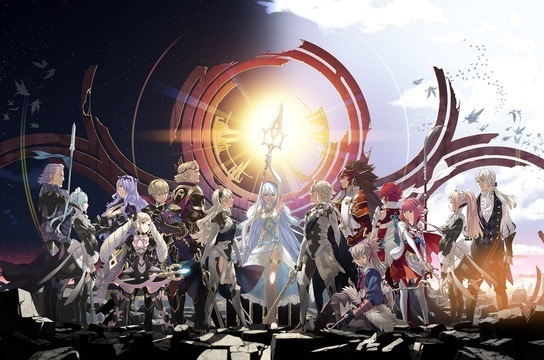







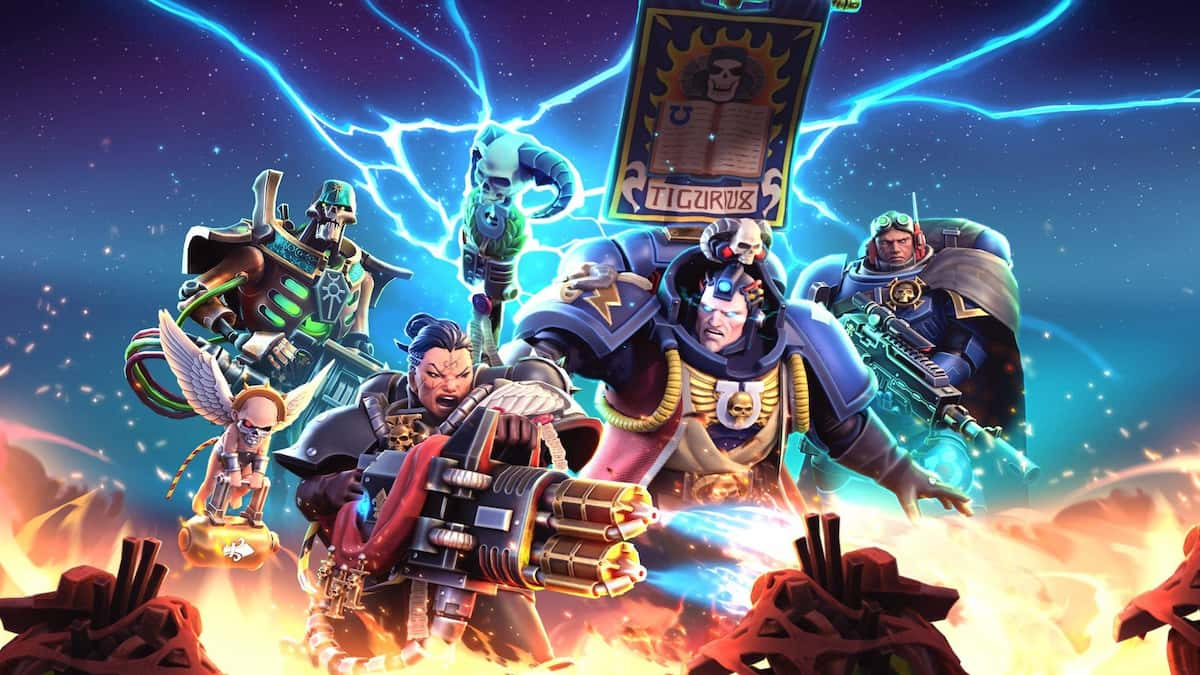
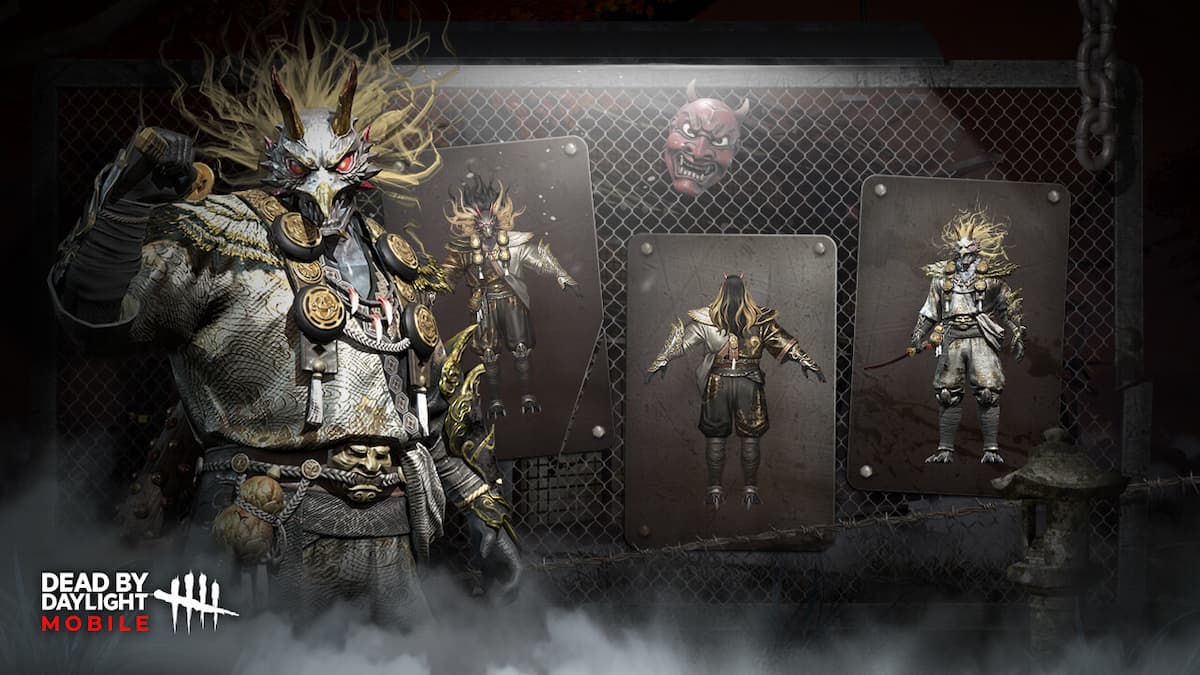
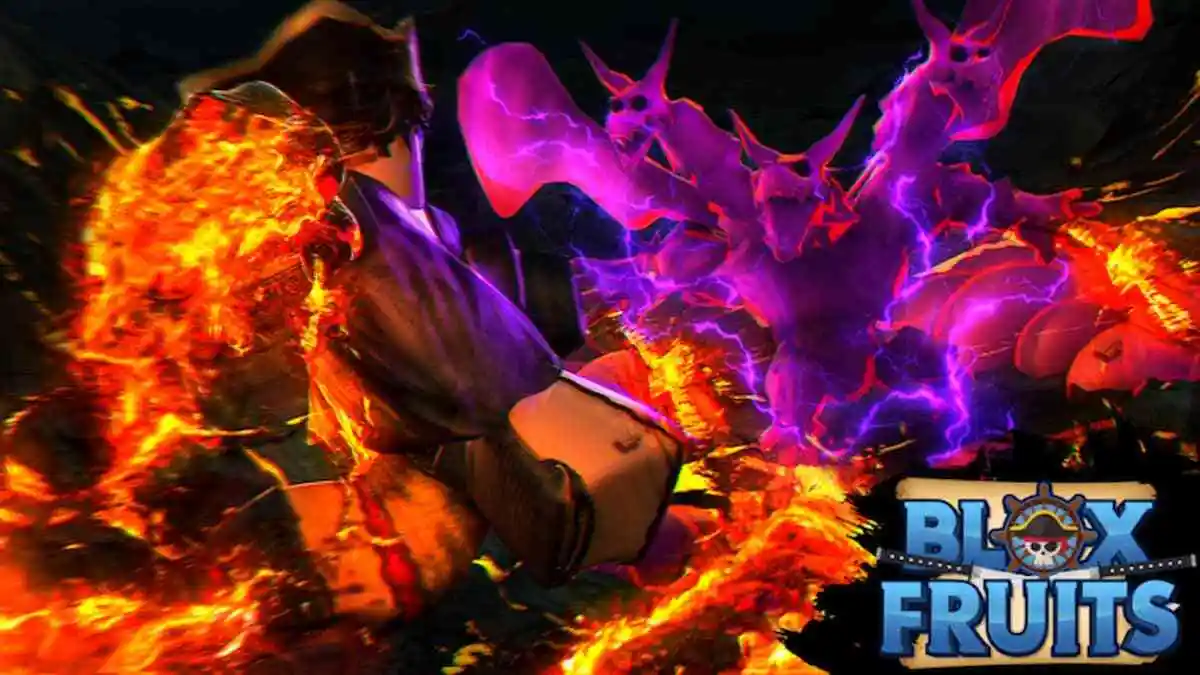
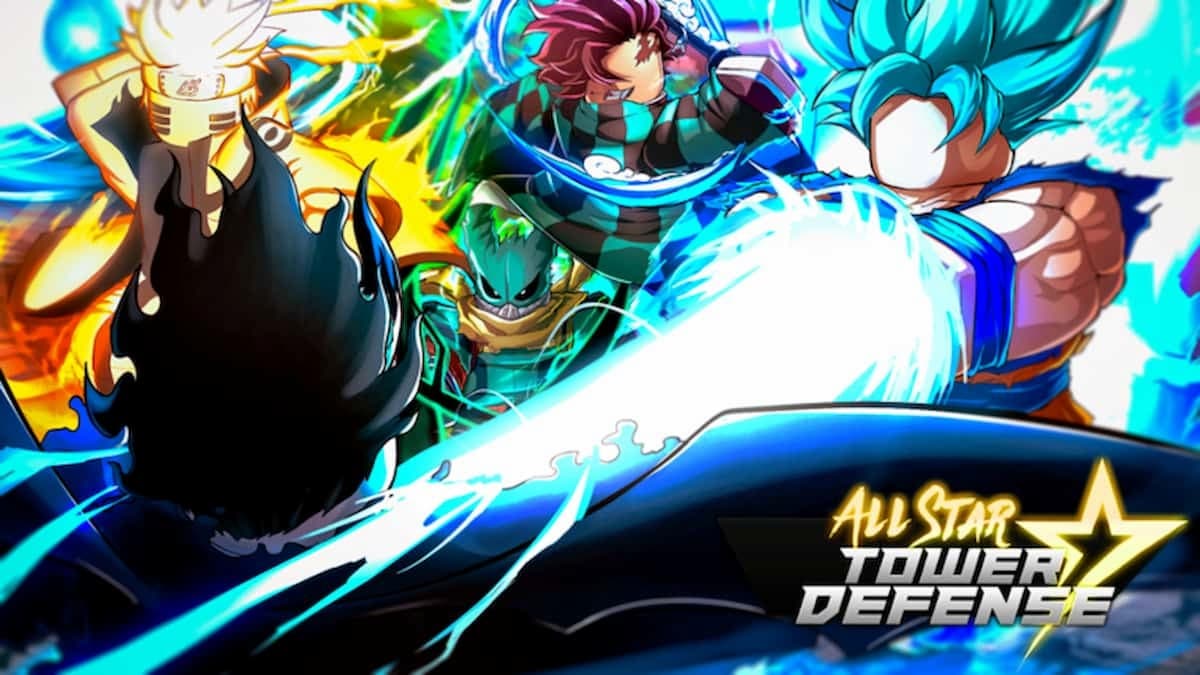
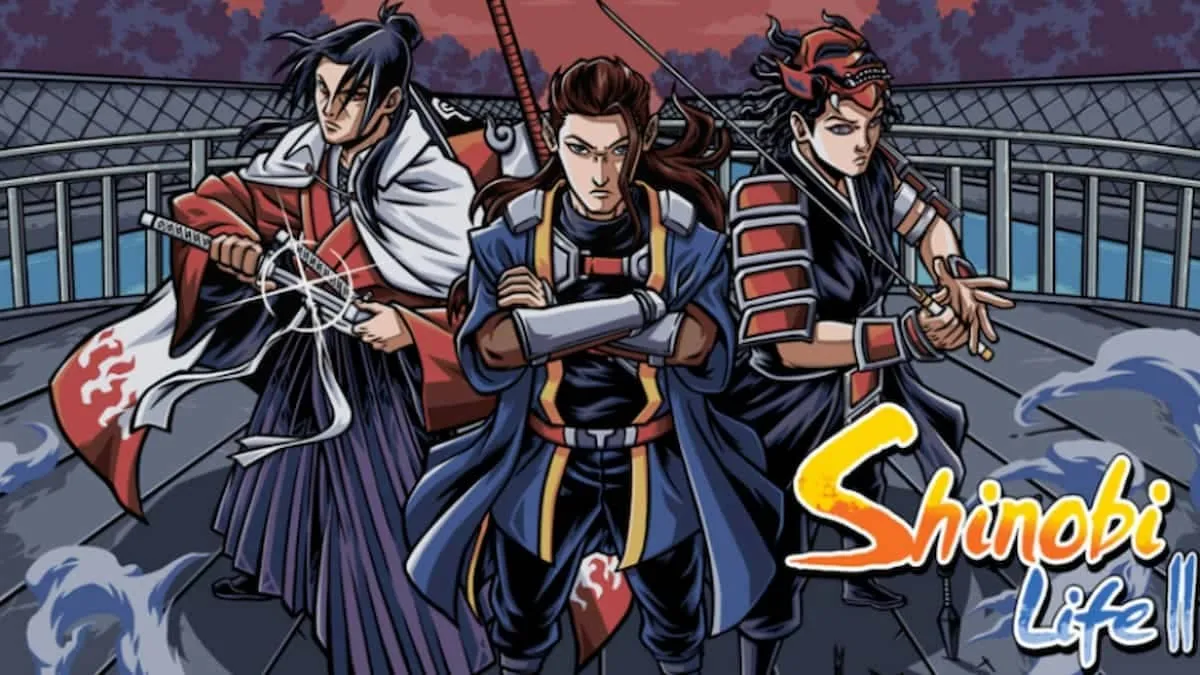
Published: Jan 26, 2016 06:51 pm